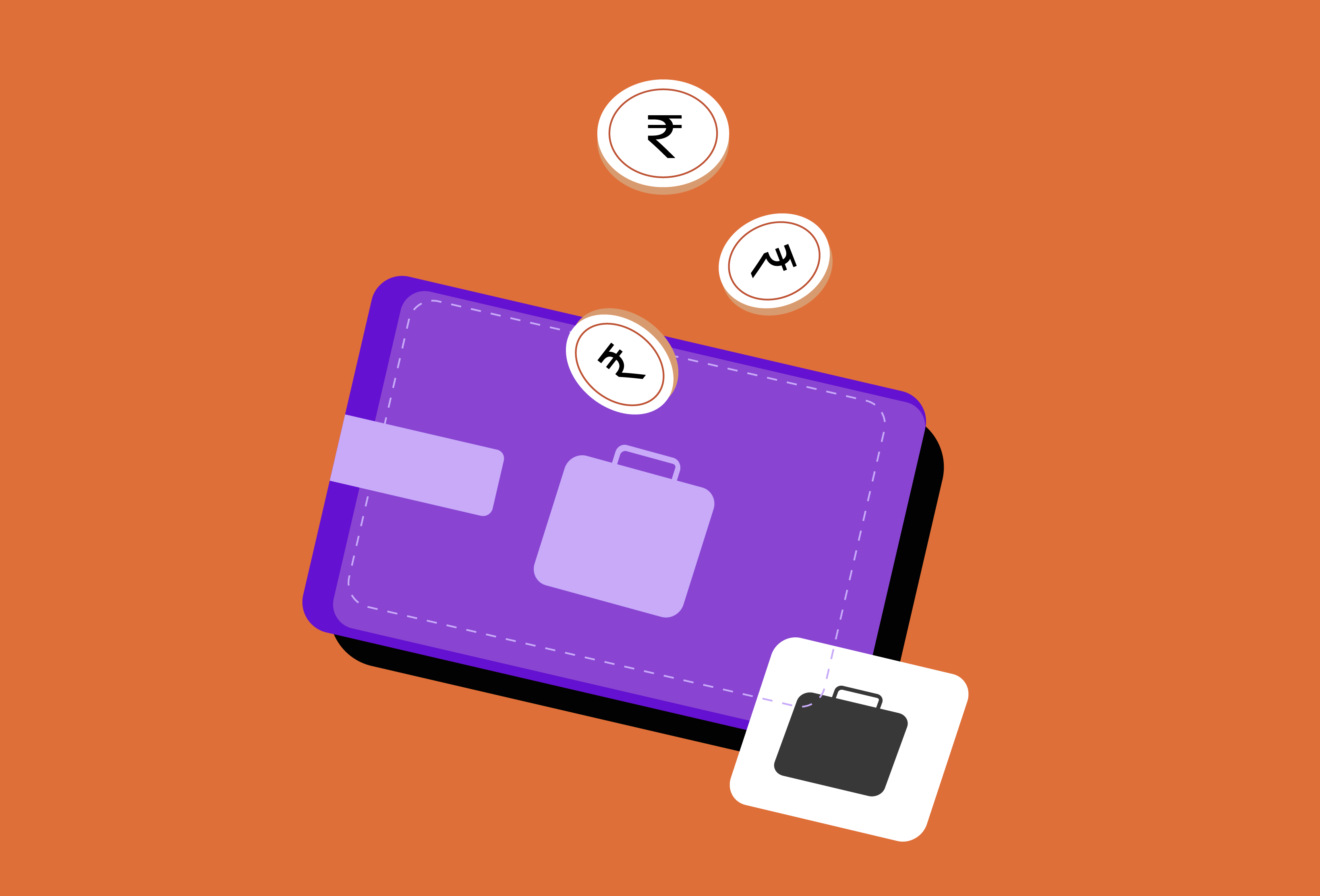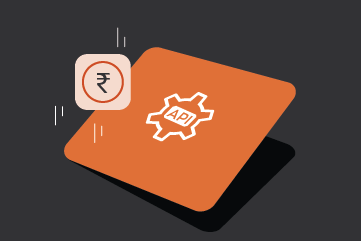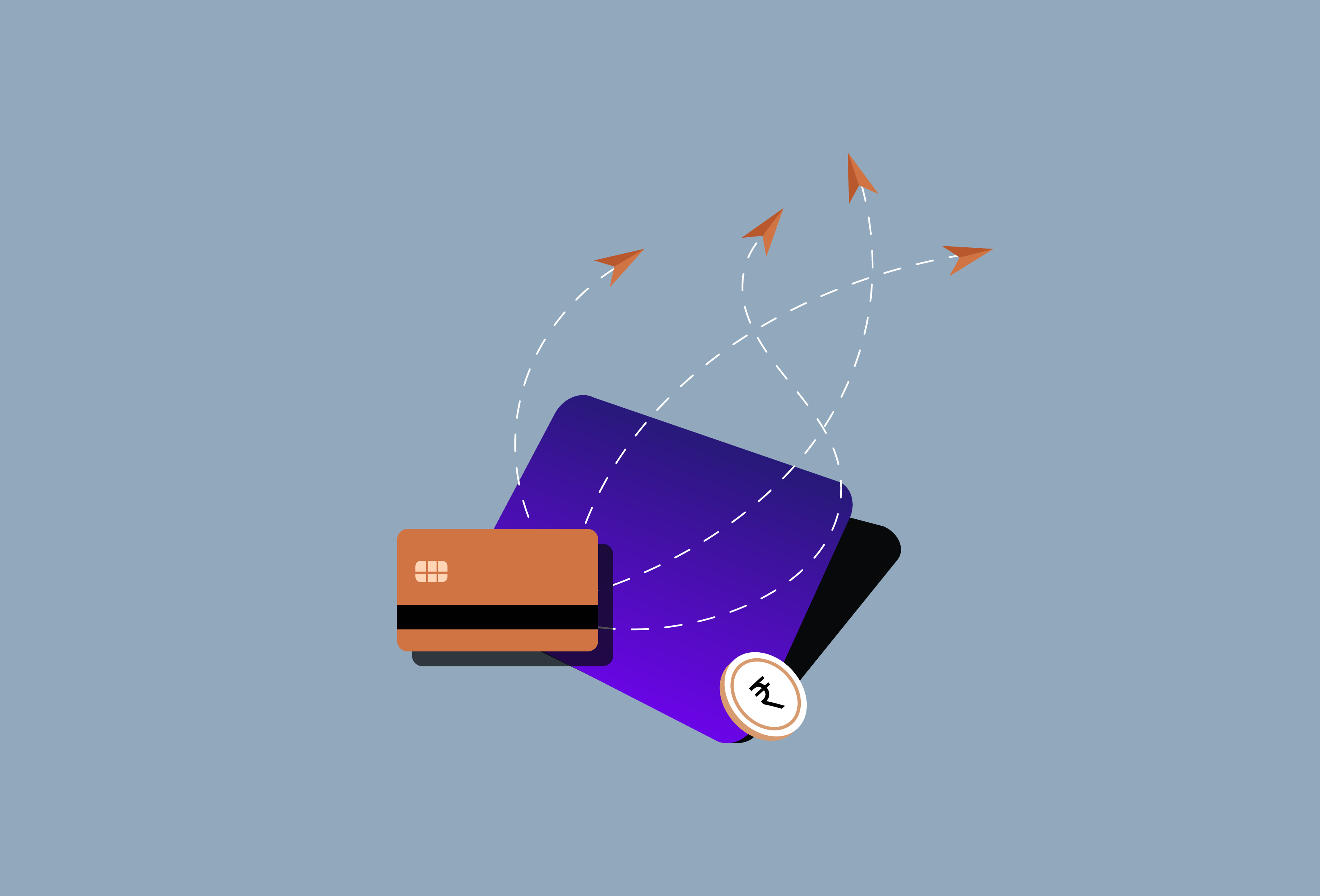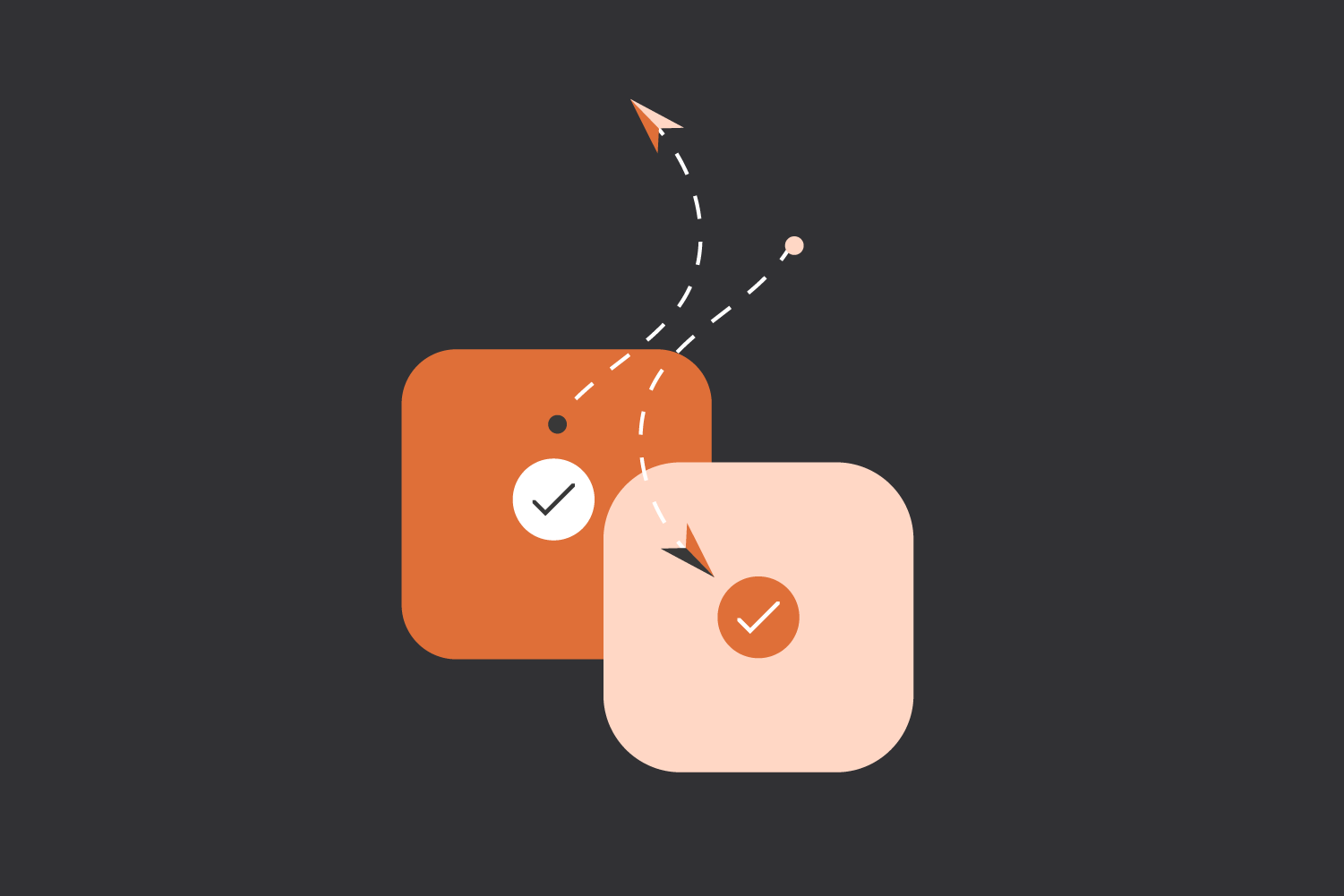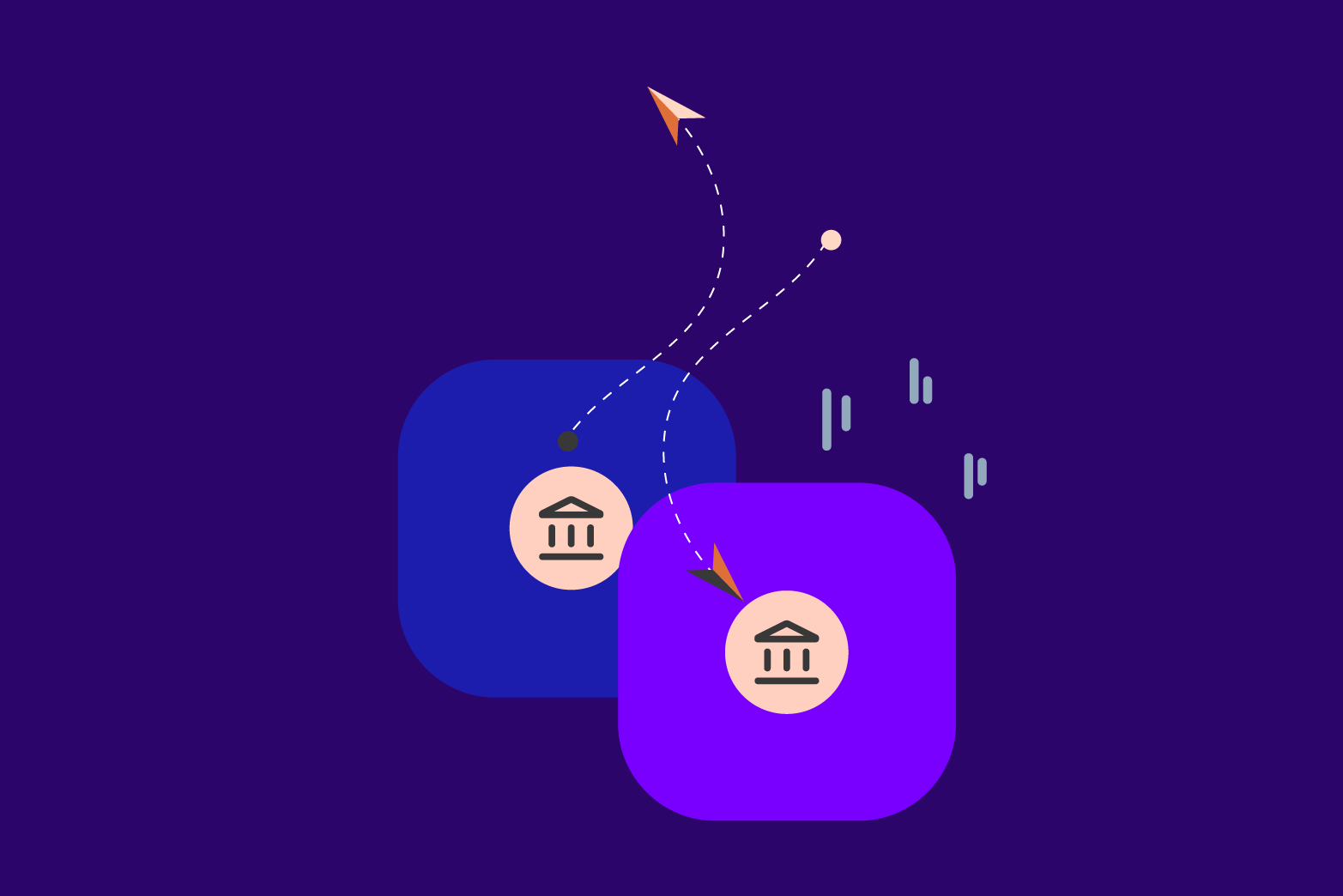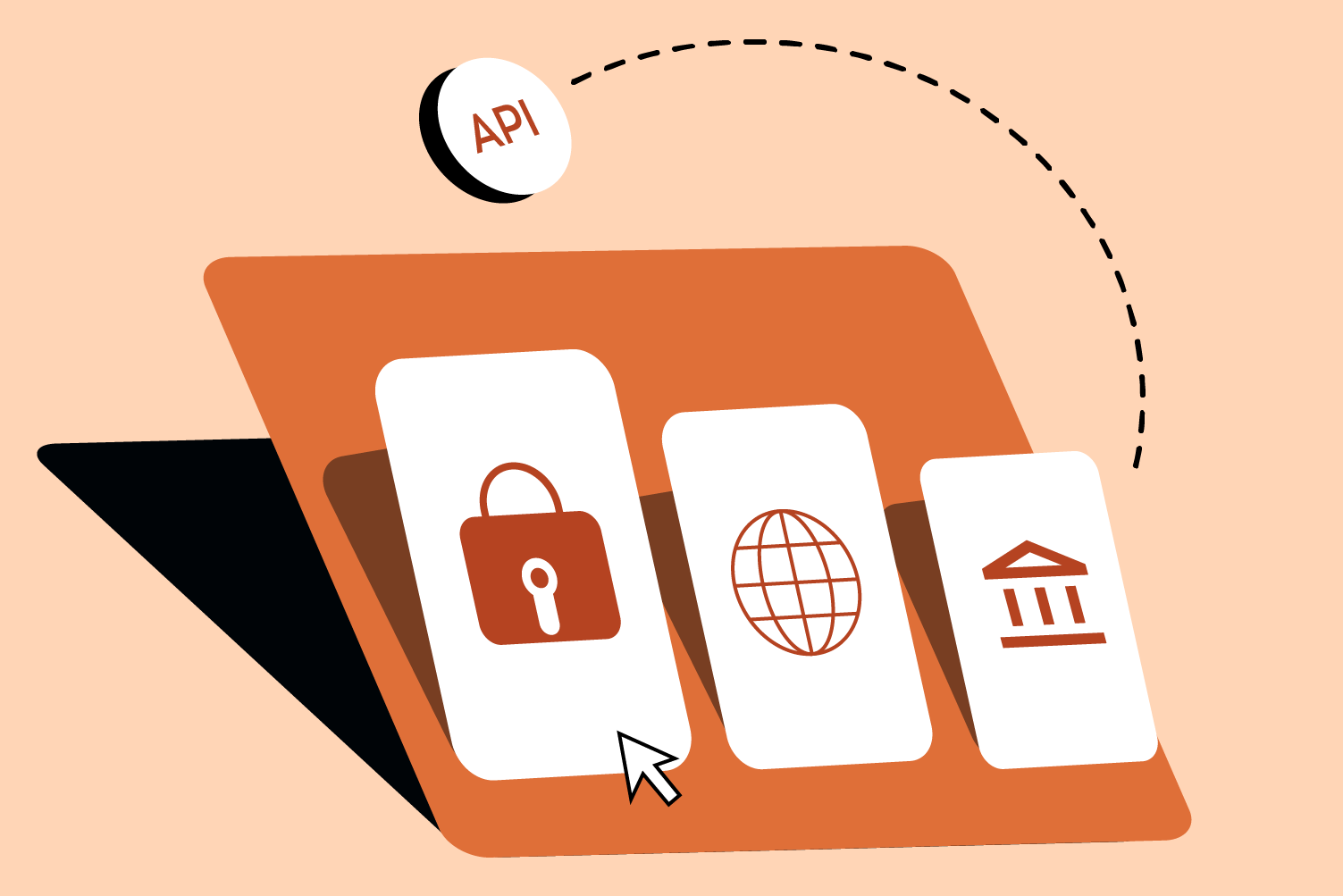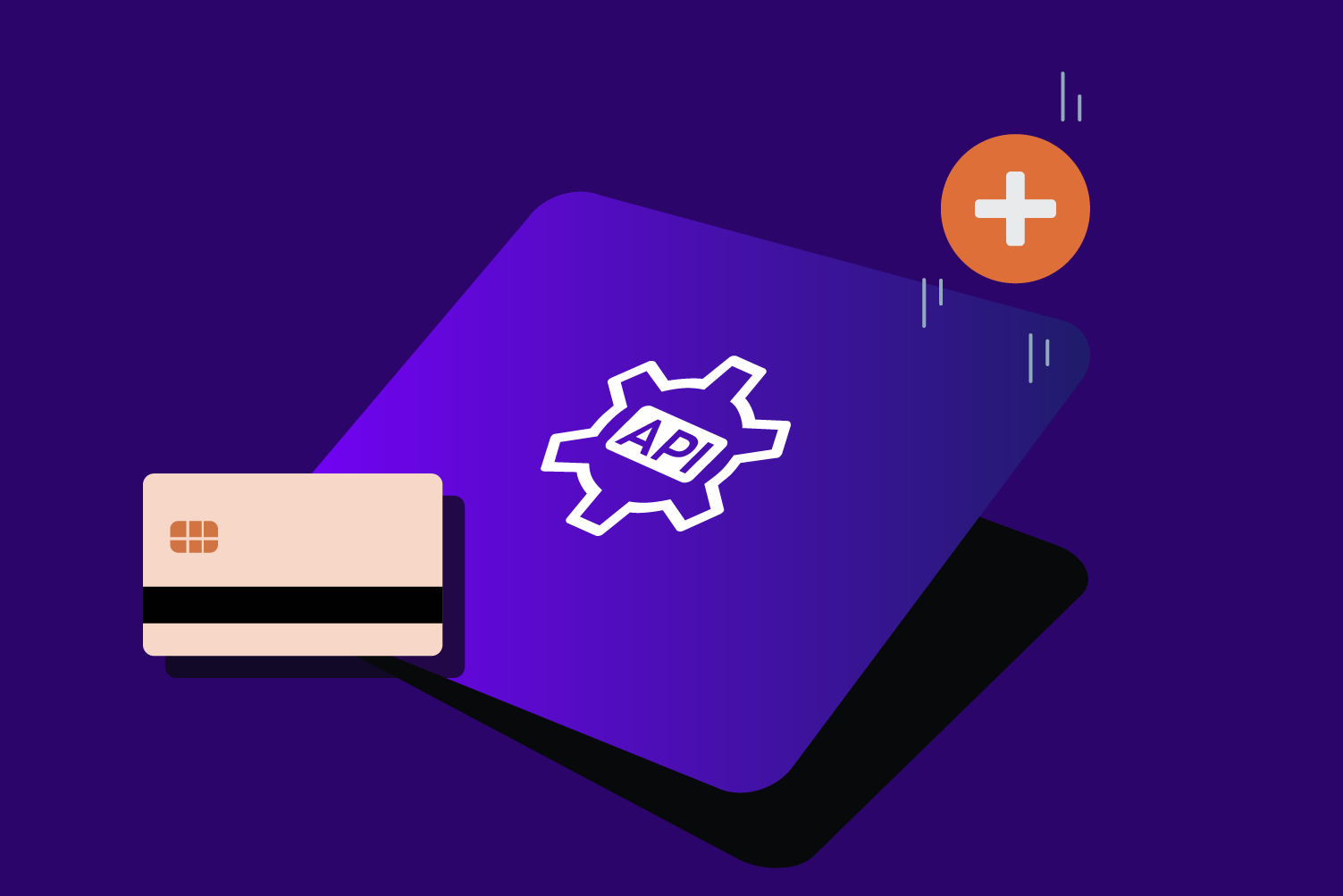For a business owner, managing financial operations is like tending to a garden. You need to water every plant (pay every bill) on time for it to flourish. But what happens when the garden gets bigger and you can’t keep track of every single plant? Manual processes begin to fail, and the risk of missed payments, late fees, and operational chaos rises.
This is where the power of Automatic Bill Payment comes in.
This blog will walk you through everything you need to know about automatic bill payments, from its core concept to setting it up and managing the potential risks.
What is an Automatic Bill Payment?
At its core, Automatic Bill Payment is a structured system that allows a business to send or receive funds on a recurring, pre-defined schedule without requiring manual intervention for each transaction. Think of it as a digital standing instruction.
This payment model is commonly used for:
- Subscription-based services: A SaaS company charging a monthly fee for its software.
- Utility bills: A business paying its monthly internet or electricity bills.
- Loan EMIs: A business paying back a working capital loan.
- Supplier and vendor payouts: A retail business paying its packaging material vendor every month.
- Retainers: A marketing agency charging its clients a fixed monthly retainer.
Instead of your finance team having to manually initiate a payment via NEFT, IMPS, or cheque for every single bill, an automatic payment system handles it for you. Once the initial setup is complete, the system takes over, ensuring timely payments and collections. This not only saves immense time but also reduces human error, a common culprit behind financial setbacks.
The Indian Context: Key Mechanisms
In India, this system is primarily enabled through a few key mechanisms:
- UPI AutoPay: A popular and seamless way to set up recurring payments via the Unified Payments Interface (UPI). It’s perfect for subscriptions and low-value recurring transactions (up to ₹15,000 without additional authentication).
- e-NACH (National Automated Clearing House): This is a centralised system managed by the NPCI (National Payments Corporation of India) for high-value, recurring, and bulk payments. It’s often used for loan EMIs, insurance premiums, and systematic investment plans (SIPs).
- Standing Instructions (SIs) on Cards: Customers can set up a recurring debit on their credit or debit card for services like streaming subscriptions or gym memberships.
Choosing the right mechanism depends on the nature of your business and the transaction type—whether it’s a fixed monthly payment for a B2B service or a variable usage-based bill.
How to Set Up Automatic Bill Payments for Your Business
Setting up automatic payments might sound complex, but with the right tools, it’s a straightforward process. Here’s a simple, step-by-step guide:
1. Identify Your Recurring Payments
First, list down all the payments you make or collect on a regular basis. This includes everything from vendor invoices and office rent to customer subscriptions. This helps you understand which transactions can be automated.
Pro Tip: Start small. Pick one or two high-frequency bills, like your SaaS tool subscriptions or a key supplier payment, to test the waters before automating everything.
2. Choose the Right Platform
Look for a fintech platform or a banking solution that offers robust recurring payment APIs. The platform should support multiple payment modes like UPI, e-NACH, and card mandates. Key features to look for include:
- Real-time reconciliation and reporting.
- High success rates and a reliable API.
- Strong security measures (like tokenization).
- Developer-friendly documentation for easy integration.
3. Integrate and Configure
Once you’ve chosen a platform, you’ll integrate their APIs with your existing systems (e.g., your website, ERP, or accounting software). The process typically involves:
- Creating a Plan: Define the payment schedule (monthly, quarterly, etc.) and amount.
- Onboarding: If you’re a business collecting payments, your customer provides one-time authorisation (e.g., entering their UPI PIN or card details) to set up the mandate.
- API Calls: Your system will use the platform’s APIs to trigger payment requests on the scheduled date.
4. Monitor and Optimise
After the setup, it’s crucial to continuously monitor your dashboard. Look for failed payments and the reasons behind them (e.g., insufficient funds, expired cards). A good system will have a built-in retry mechanism to automatically re-attempt failed transactions, reducing revenue leakage.
Risks of Automatic Bill Payments and How to Mitigate Them
While the benefits are clear, there are certain risks associated with automatic bill payments, especially in a dynamic market like India. Being aware of these and taking proactive steps can save you from a lot of trouble.
1. Failed Transactions
A failed payment can occur due to a variety of reasons—insufficient balance, an expired card, or a technical glitch. This can disrupt your cash flow and lead to customer dissatisfaction.
- Mitigation: Choose a platform with a smart retry logic. This automatically attempts to reprocess failed payments. Also, ensure your system sends automated notifications to customers or vendors about upcoming debits, so they can ensure a sufficient balance.
2. Security and Data Breaches
Handling sensitive financial data, even in an automated system, carries the risk of a breach.
- Mitigation: Partner with a fintech that is PCI DSS compliant and uses advanced security measures like tokenization and bank-grade encryption. This ensures that no sensitive data is stored on your servers.
3. Compliance and Regulatory Issues
India’s financial regulations, especially those from the RBI, are stringent. For example, there are specific guidelines for recurring payments, including the need for additional authentication for transactions above a specific limit (currently ₹15,000)1.
- Mitigation: Work with a platform that is fully compliant with all RBI regulations and mandates. This ensures your operations remain transparent and legal, protecting you from potential penalties.
4. Poor Customer Experience
If a customer’s payment is incorrectly charged or they are unable to cancel a subscription easily, it can lead to frustration and churn.
- Mitigation: Provide a simple, self-service portal where customers can view their payment history, manage their subscriptions, or cancel a mandate. This transparency builds trust and improves retention.
How Zwitch Can Help You Streamline Your Financial Operations
At Zwitch, we understand the challenges modern businesses in India face. Our suite of APIs is designed to take the complexity out of your financial operations. With our Payouts and Collections APIs, you can seamlessly automate every aspect of your business payments.
Our Payouts API helps you automate vendor payments, salary disbursements, and refunds with instant beneficiary addition and real-time status tracking. On the collections side, our solutions enable you to set up recurring payments from your customers, ensuring your revenue streams are predictable and reliable. We handle the security, compliance, and smart retries so you can focus on growing your business.
Frequently Asked Questions (FAQs)
What is the difference between UPI AutoPay and e-NACH?
UPI AutoPay is a mandate-based system for recurring payments via UPI. It’s ideal for low-value transactions (up to ₹15,000 without Additional Factor of Authentication). e-NACH is a bank-to-bank system used for high-value, bulk payments, such as loan EMIs and insurance premiums.
Is Automatic Bill Payment safe for my business?
Yes, when handled by a secure and compliant platform. Modern fintech platforms use bank-grade security and data encryption, and are certified to handle sensitive financial data, significantly reducing the risk of fraud.
What happens if a customer’s automatic payment fails?
A robust system will automatically send a notification to the customer and initiate a retry a few hours or a day later. You can also configure the system to retry failed payments multiple times over a few days to increase the success rate.
How do I handle refunds for an automatic payment?
A well-integrated system will allow you to process instant refunds directly from your dashboard or via an API call. This ensures a smooth and quick process, improving customer satisfaction.
Can I set up a trial period for a subscription with automatic billing?
Yes. Many modern recurring payment platforms allow you to configure a trial period for your subscription plans. Once the trial ends, the automatic billing starts seamlessly without any additional action required from the customer.
What if my customer wants to cancel their recurring payment?
Your product or platform should provide an easy way for customers to manage or cancel their subscriptions. This can be a self-serve option on your website or through a simple request to your support team, which you can then process via your payment platform’s API.


